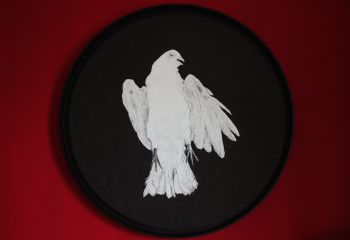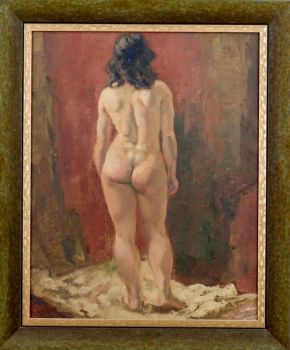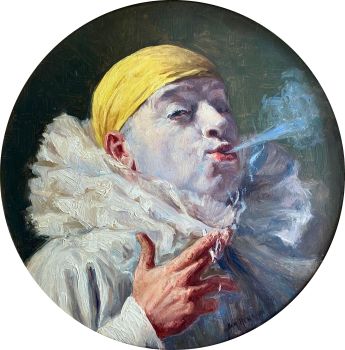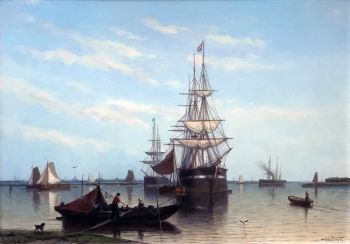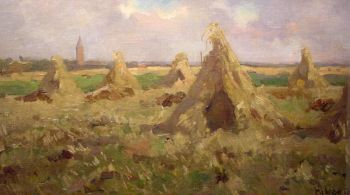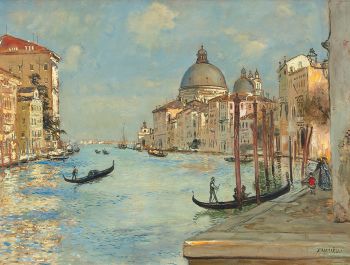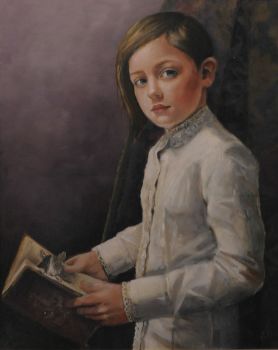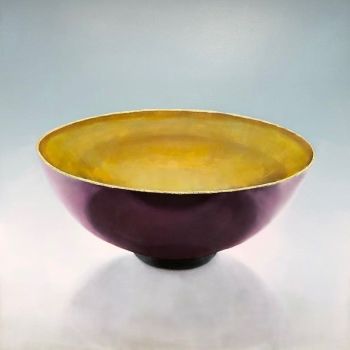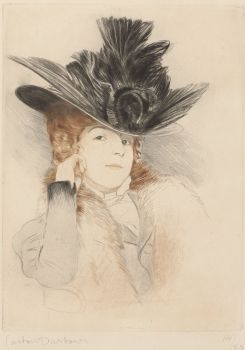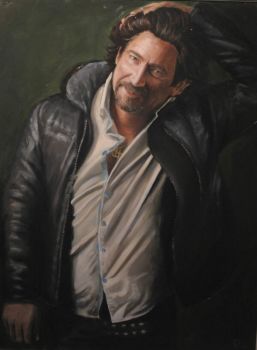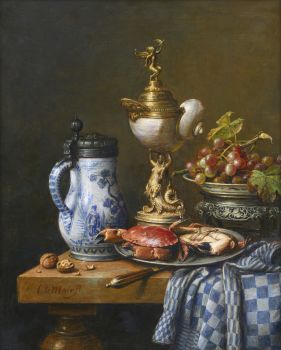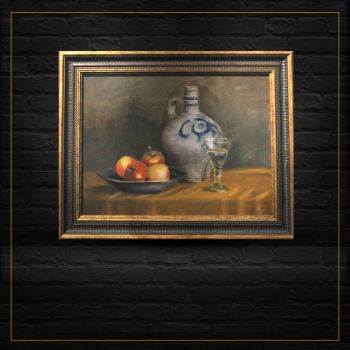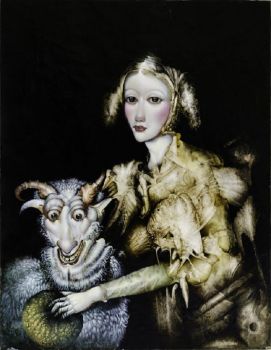Realism in art

Gallerease Magazine
Writer
Realism is an art movement that emerged in the mid-19th century as a response to the Romantic movement's emphasis on emotion and imagination. Realist artists sought to depict the world as it was, with a focus on objective observation and accurate representation. This article will explore the role of Realism in art and its impact on the artistic world.
Realism is a genre of art that began in France after the French Revolution of 1848. In clear rejection of Romanticism, the dominant style that had preceded it, realist painters focused on scenes of contemporary people and everyday life.
What seems normal now was revolutionary after centuries of painters depicting exotic scenes from mythology and the Bible, or portraits of the nobility and clergy.
Realism was the result of several events: the anti-romantic movement in Germany, the rise of journalism and the rise of photography. One of the most influential leaders of the realist movement is Gustave Courbet, a French artist who committed himself to painting only what he could physically see.
One of the main contributions of Realism to art was its emphasis on objective observation and accurate representation. Realist artists sought to depict the world as it was, using techniques such as linear perspective, chiaroscuro, and accurate coloration to create a sense of realism in their works. This is seen in the use of everyday subjects, including landscapes, still lifes, and ordinary people, which were depicted in a highly realistic and detailed manner.
Realism also emphasized the use of contemporary themes and motifs, with many artists drawing inspiration from the social and political issues of their time. This is seen in the use of themes such as poverty, industrialization, and social inequality, which reflected the concerns and realities of the modern world.
Another significant contribution of Realism to art was its focus on the individual experience. Realist artists sought to depict the individual experience of their subjects, with a focus on psychological depth and emotional expression. This is seen in the use of body language, facial expressions, and gesture, which conveyed a sense of the subject's inner life and personality.
Realism also played a significant role in the development of new artistic genres and styles. It paved the way for the development of Impressionism, with its emphasis on light, color, and atmosphere. Additionally, Realism art influenced the development of Expressionism, a more emotional and subjective approach to art that emerged in the late 19th and early 20th centuries.
In conclusion, the Realism movement of art played a crucial role in the development of art and had a profound impact on the artistic world. Its emphasis on objective observation, accurate representation, contemporary themes, and individual experience challenged the prevailing artistic and social conventions of its time, paving the way for new artistic movements and styles to emerge. Realism art remains an important and influential style in art today, and its legacy can be seen in some of the most captivating and realistic works of modern art.
Verwandte kunstwerke zu verkaufen
- 1 - 4 / 24

